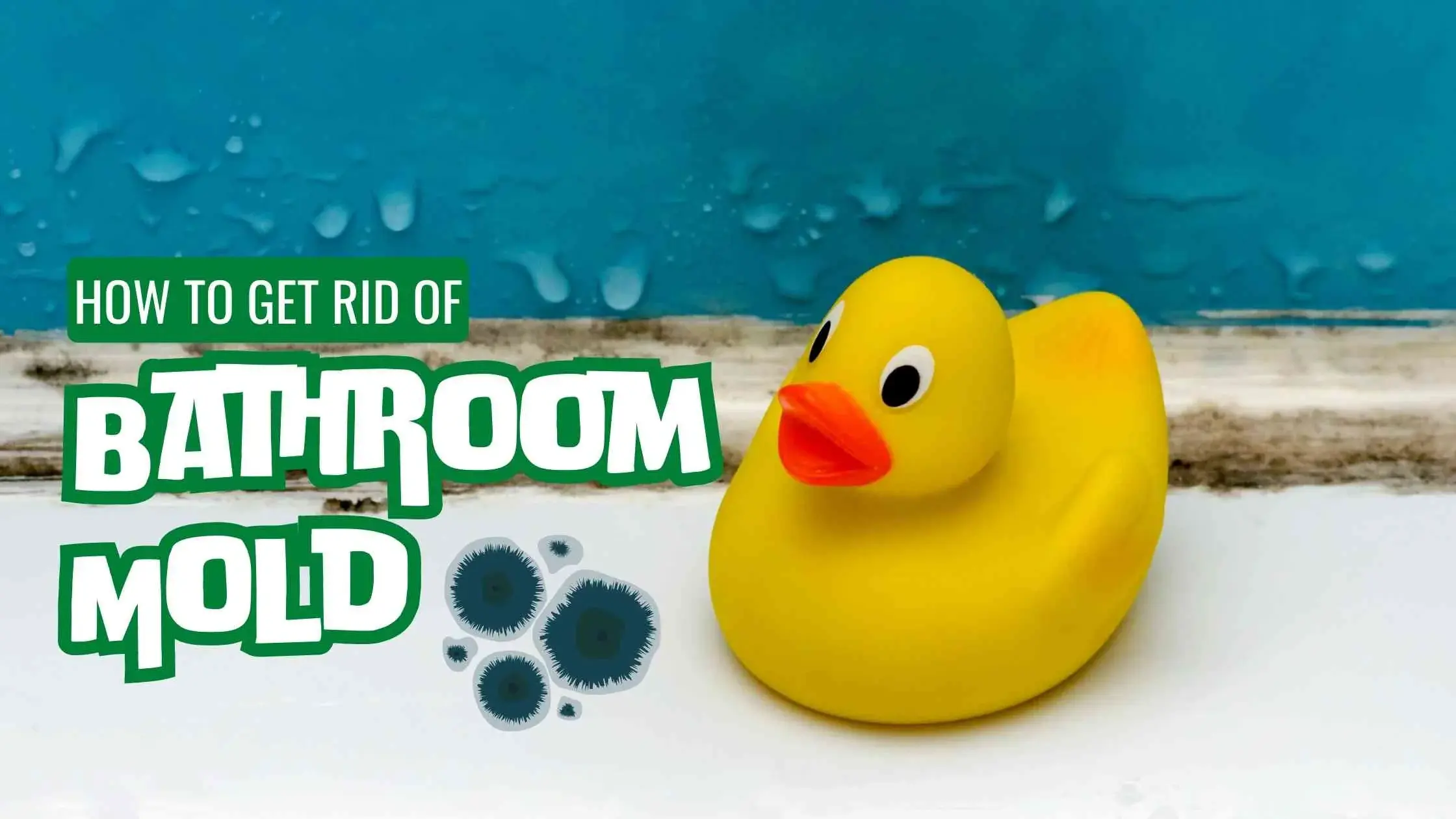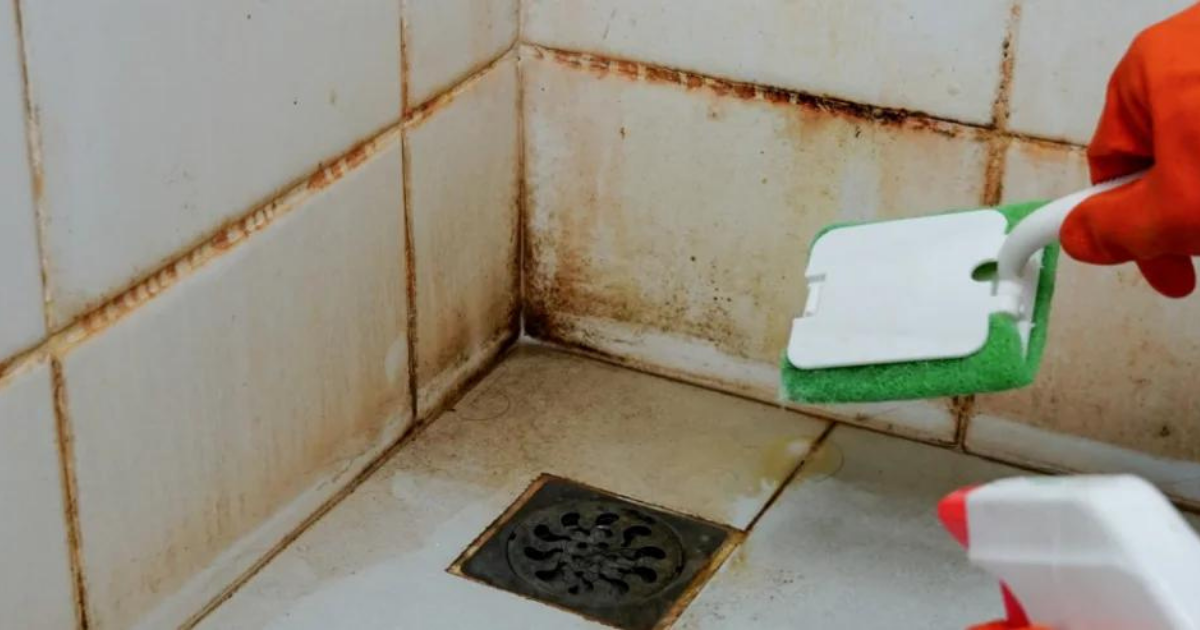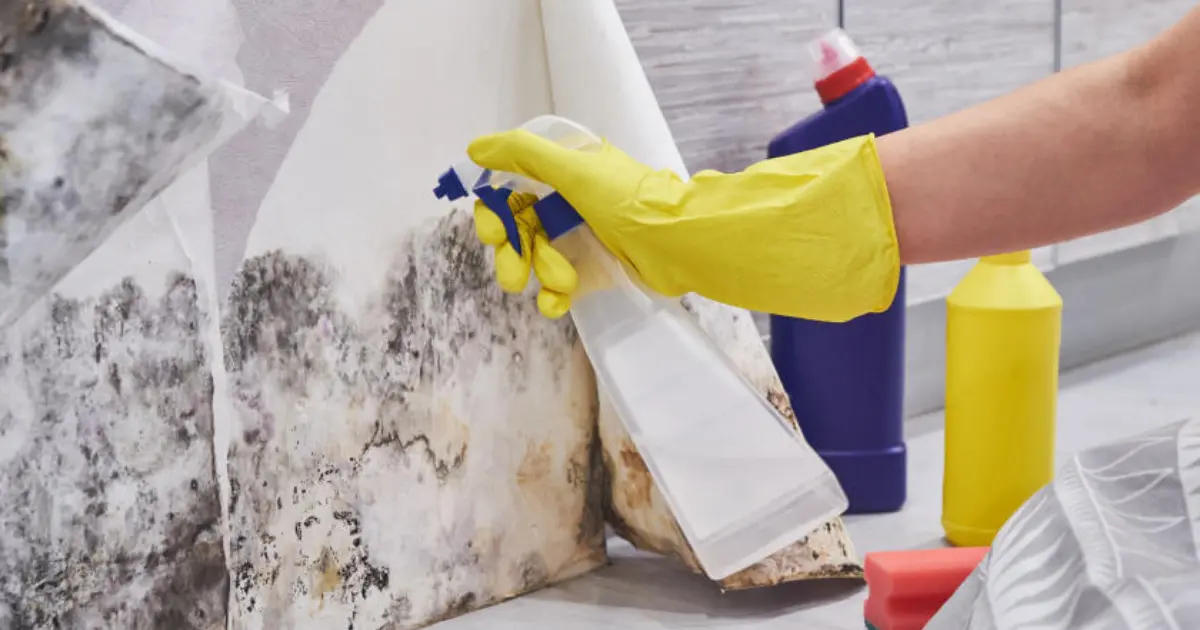
How to Remove Mold in Bathroom Walls
Bathroom mold is an unattractive and harmful issue that should be handled as soon as it appears. Try using a natural mold remover on painted walls. Find out more here.
Mold in the bathroom is a problem that must be fixed as soon as you see it because it is ugly and harmful. Mold is commonly seen on tile grout, caulk, and painted or wallpapered walls.
"Bathroom mold occurs primarily because mold loves damp, dark, isolated spaces," explains Larry Vetter of Vetter Environmental Services in Smithtown, New York.
"Normally, a shower, bathtub, or entire bathroom stays damp enough for mold growth just from showering or bathing."
If you're reading this, you likely already have mold in your bathroom. If so, you may do a few easy steps to remove the mold.
Mold Removal from Tiled Walls
Mold on tiled walls may be removed with a few tools, but if your grout is colored, proceed cautiously.
Bleach
Chlorine bleach is a great place to start. You may buy a chlorine bleach cleaner like Tilex Mold & Mildew Remover, which is designed especially for bathroom mold. If you don't have colored grout (which will likely fade if bleach is used), spray the cleanser straight on the moldy grout.
- Allow the bleach-containing cleanser to settle for at least half an hour.
- Use a stiff brush to scrub.
- Use warm water to rinse.

Vinegar
Distilled vinegar is a more natural technique to remove mold from the bathroom.
- Spray white vinegar all over the moldy area using a spray bottle.
- Give it 30 minutes to sit.
- Use a brush to scrub
- Apply another spray and allow it to rest for half an hour more.
- Use warm water to rinse.
You may also create a cleaning paste by combining 1/2 cup baking soda and several tablespoons of water. After applying the paste to the moldy grout and letting it set for ten minutes, use a brush to remove the mold. Use water to rinse.
Mold Removal from Walls using Paint or Wallpaper
Try using a natural mold remover, such as a mixture of white vinegar, borax, and water on painted walls. You'll need a spray bottle and a few additional supplies to clean the walls.
- In a dish, mix two teaspoons of borax, one-fourth cup white vinegar, and two cups of heated water.
- Transfer to a spray bottle.
- Apply liberally to painted walls.
- Scrub well and clean, then spray again and allow to soak for 10 minutes before wiping dry.

Safe Mold Removal
One method for removing mold is to scrape away surface mold found in bathrooms, decks, and siding using a 1-to-8 bleach/water mold remover solution in a couple of minutes. But mold often grows and spreads in places you don't notice until you see stains on the surface, feel soft drywall, or smell something musty.
If you need to eliminate mold concentrations or do black mold removal on more than a few square feet, where the musty stench is pungent, or where there is substantial water damage, we recommend taking extra measures. You want to prevent polluting the rest of the house while protecting yourself from inhaling excessive spores and VOCs.
- Wear old clothing and shoes that may be laundered or discarded after the cleanup.
- Wear gloves, goggles, and specialized N-95 or P-100 respirators. Place an old box fan or a low-cost new one in a window to ventilate the room while working. The spores are hard to remove, so throw them out after cleaning. Tape plywood or cardboard around windows to keep spores out.
- Tape and wrap moldy carpets with six-millimeter plastic, and dispose of mold-infested material by double-bagging it in trash bags.
- Use a garden sprayer to mist moldy areas while you work to prevent spores from flying around.
- Switch off the air conditioner and the furnace.Cover ducts and doors to prevent spores from spreading.
- Keep your wet/dry vacuum outside when vacuuming.
Mold Remediation and Prevention in Bathrooms
Once you have mastered the art of mold removal, you will want to avoid mold in the future. Most molds may be prevented primarily by controlling moisture. The worst infestations typically happen in basements with inadequate foundation drainage, moist crawlspaces, and attics and walls where water has seeped in from the outside. The most potent defenses against mold include:
Sealing leaks.
Make sure attics have adequate ventilation.
Keeping crawlspaces dry.
Diverting water away from the foundation.
Since mold grows in almost every home, mold treatment is necessary. We'll explain how to get rid of severe mold infestations.
Surface mold may usually be controlled using mildewcide in paint, especially in moist locations like restrooms and shaded outdoor spaces. Mildewcide is already included in many paints. To be confident about mold removal products, ask your paint dealer.
Leave a Reply
Your email address will not be published